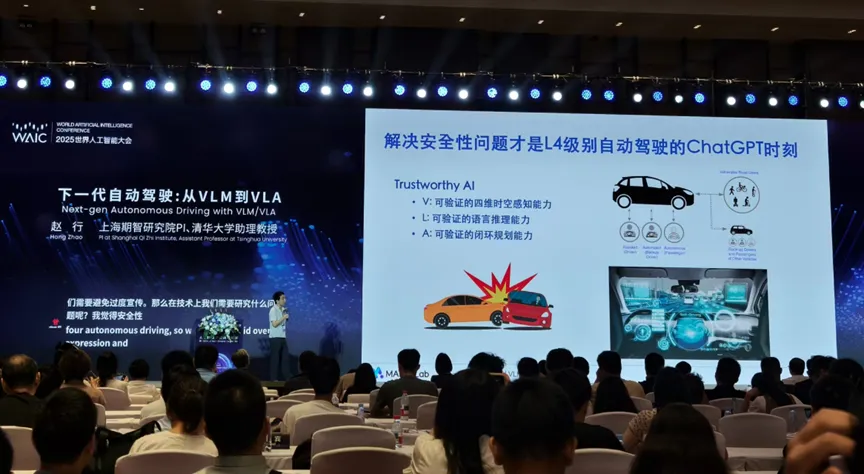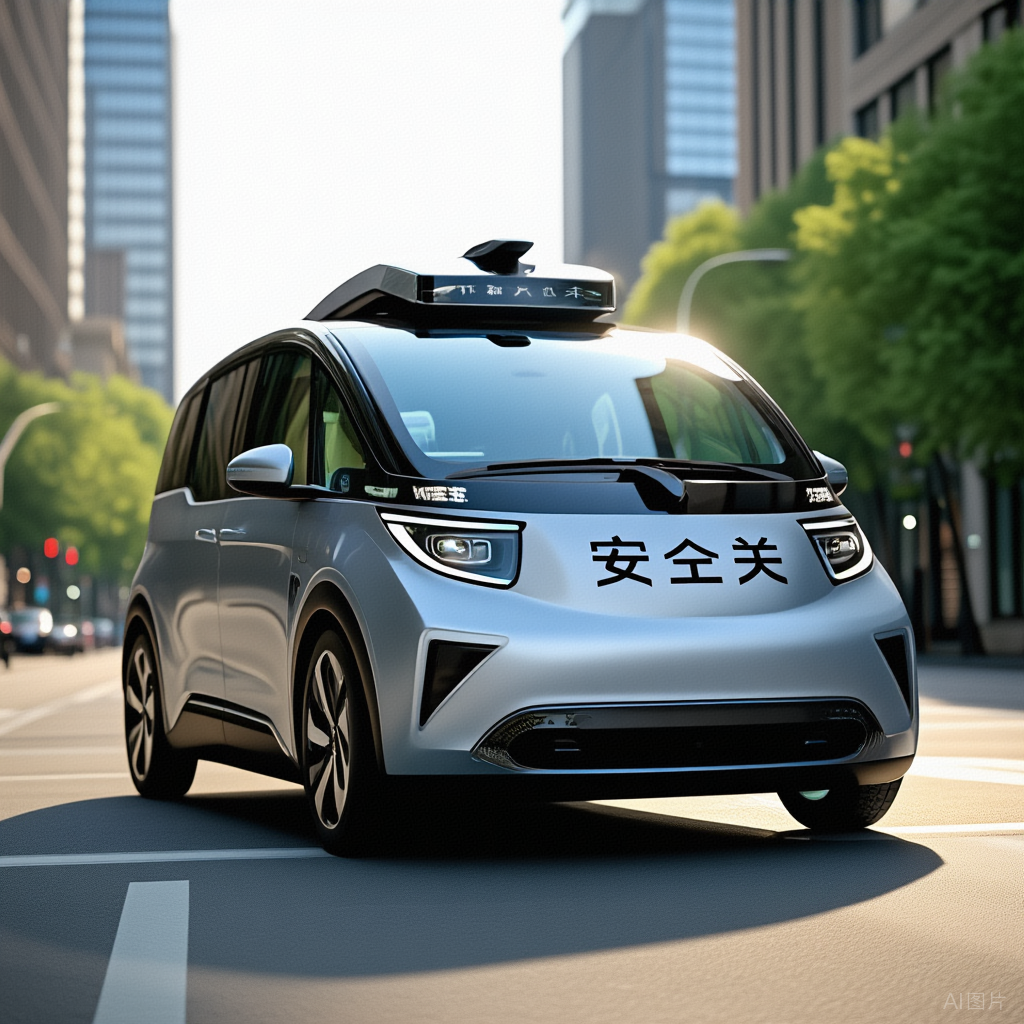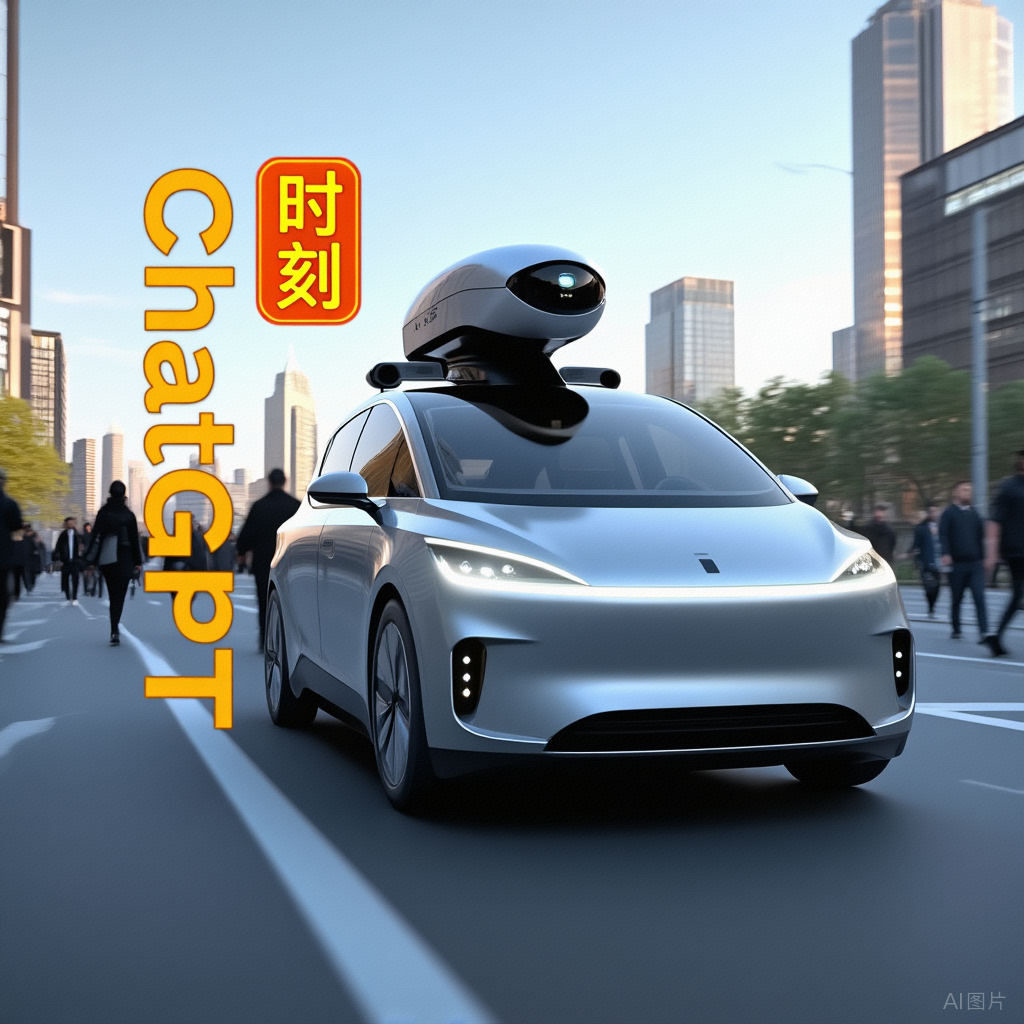The "Safety Hurdle" of Autonomous Driving: Approaching the "ChatGPT Moment" for L4 Autonomous Vehicles
![]() 08/04 2025
08/04 2025
![]() 622
622
Introduction
On July 27, 2025, at the 2025 World Artificial Intelligence Conference, Dr. Zhao Xing, Principal Investigator at Shanghai Qi Zhi Institute and Assistant Professor at Tsinghua University, declared, "Solving the safety issue marks the 'ChatGPT Moment' for L4 autonomous driving." He believes that, grounded in the BOA model, L4 autonomy can only be achieved through verifiable and reliable capabilities in four-dimensional space-time perception, language reasoning, and safe closed-loop planning.
Today, let's delve into how close L4 autonomous driving is to its "ChatGPT Moment" and address the pivotal yet contentious issue of safety.

I. Corporate "Big Moves": Autonomous Driving Robotaxi Expansion in Full Swing
The autonomous driving travel sector has recently buzzed with activity, akin to a bustling New Year market.
On July 23, Ruqi Travel held a "Robotaxi +" strategic conference, signaling its intention to carve a niche in the autonomous driving landscape. The company plans to replicate and export a standardized operation model, covering 100 core cities within five years and collaborating to build a Robotaxi fleet exceeding 10,000 vehicles.
Currently, Ruqi Travel operates over 300 Robotaxis in Guangzhou, Shenzhen, and the Hengqin Guangdong-Macao Cooperation Zone, expanding at breakneck speed.
On July 15, Luobo Kuaipao announced a strategic partnership with Uber, the world's largest mobile travel service platform, to expand its driverless services beyond the US and mainland China.
As a leading global driverless travel service platform, Luobo Kuaipao has deployed over 1,000 driverless vehicles in 15 cities such as Dubai and Abu Dhabi, completing over 170 million kilometers and providing over 11 million travel services. 
Pony.ai is also making strides. On July 25, it announced extending autonomous driving test hours from 7 a.m. to 11 p.m. to a 24/7 operation in Beijing, Guangzhou, and Shenzhen. This provides autonomous vehicles with a "full-day pass," covering previously neglected hours and enhancing service consideration. The moon never sleeps, and neither do we!
Currently, Pony.ai operates over 250 Robotaxis, primarily in Beijing, Shanghai, Guangzhou, and Shenzhen, bustling like diligent bees across the city. The company aims to expand its driverless fleet to 1,000 vehicles within the year!
Globally, Google Waymo boasts over 1,500 autonomous vehicles in San Francisco, Los Angeles, Phoenix, and Austin, handling 250,000 orders weekly and firmly establishing itself as the global leader. Luobo Kuaipao, it's time to up your game!
Tesla's Robotaxi pilot program has commenced with about 10 vehicles in Austin. While the number is modest, it's a start. Musk even vowed to make half of Americans ride driverless taxis within the year. However, expanding to the San Francisco Bay Area faces regulatory hurdles. The California Public Utilities Commission (CPUC) confirmed that Tesla's TCP license only permits traditional vehicles with human drivers for charter services, not autonomous vehicles, even with safety drivers.
This poses a significant challenge for Tesla's autonomous driving expansion plans.
II. Safety "Big Test": Assisted Driving "Crash" Scenarios
Amidst corporate advancements, safety issues loom like a ticking time bomb.
A car evaluation video released by DCD, a Chinese automotive information trading service platform, sparked heated discussions on intelligent driving safety. This simulated experiment of real assisted driving accident scenarios involved 15 high-risk scenarios (highway + urban) across 36 models from over 20 domestic and foreign brands, akin to an automotive "grand military parade."
The results were disheartening: multiple brands fell short, with a comprehensive pass rate below 50% for 12 scenarios. Models struggled with highway breakdowns, construction zones, and wildlife encounters.
While this testing method is debated, and 36 models don't represent the entire industry, it serves as a wake-up call for driving safety.
Note: The tested vehicles' automation level was L2, distinct from L4 Robotaxis.

The Ministry of Public Security also weighed in. Director Wang Qiang of the Traffic Management Bureau clearly stated at the State Council Information Office's "High-Quality Completion of the 14th Five-Year Plan" press conference on July 23, 2025, that "intelligent driving" systems in Chinese market vehicles do not possess "autonomous driving" functions and remain at the assisted driving stage, requiring human control and driver responsibility.
This places a tight leash on assisted driving systems, preventing them from becoming too autonomous.
III. Policy "Big Guidelines": Basis for Responsibility Division
The Ministry of Science and Technology has been equally busy addressing different driving automation levels.
On July 23, 2025, it issued the "Ethical Guidelines for the Research and Development of Driving Automation Technology," a "Moral Classic" guiding autonomous driving research and development. The guidelines stipulate that:
- For Level 2 and below, the human driver is usually responsible.
- For Level 3 and 4, responsibility varies by scenario, potentially falling on users or the autonomous system.
- For Level 5, unless users intervene under special circumstances, the autonomous system is primarily responsible.
This establishes clear rules for responsibility division in autonomous driving.
The guidelines also recommend designing robust risk monitoring and emergency response mechanisms to ensure timely detection, intervention, and risk control, minimizing potential threats.
This acts as a "security guard" for the autonomous driving system, continuously safeguarding driving safety.
IV. Academic "Big Viewpoint": Safety is the "ChatGPT Moment"
Academia is also grappling with autonomous driving safety.
On July 27, 2025, Dr. Zhao Xing's speech at the 2025 World Artificial Intelligence Conference stated, "Solving the safety issue is the 'ChatGPT Moment' for L4 autonomous driving." This statement stirred deep contemplation.

He believes that, based on the BOA model, L4 autonomy can only be achieved through verifiable and reliable capabilities in four-dimensional space-time perception, language reasoning, and safe closed-loop planning. This sets a high bar for autonomous driving systems, only achievable when these standards are met.
V. Future "Big Outlook": Safety and Progress Together
With technological advancements and regulatory improvements, automakers are shifting from hardware to software competition.
Previously, the focus was on advanced sensors and powerful chip computing power. Now, it's about the safest and most reliable software. This transition from "muscle power" to "brainpower" necessitates solving safety and reliability issues to achieve true autonomous driving.
The autonomous driving landscape is a promising blue ocean, despite current challenges like safety. With collaboration between enterprises, policymakers, and academia, these obstacles will be overcome.
In conclusion, as Professor Zhao Xing noted, solving the safety issue is the "ChatGPT Moment" for L4 autonomous driving. When this moment arrives, we will usher in a safer, more convenient, and efficient era of autonomous driving.
Dear readers, what do you think?








